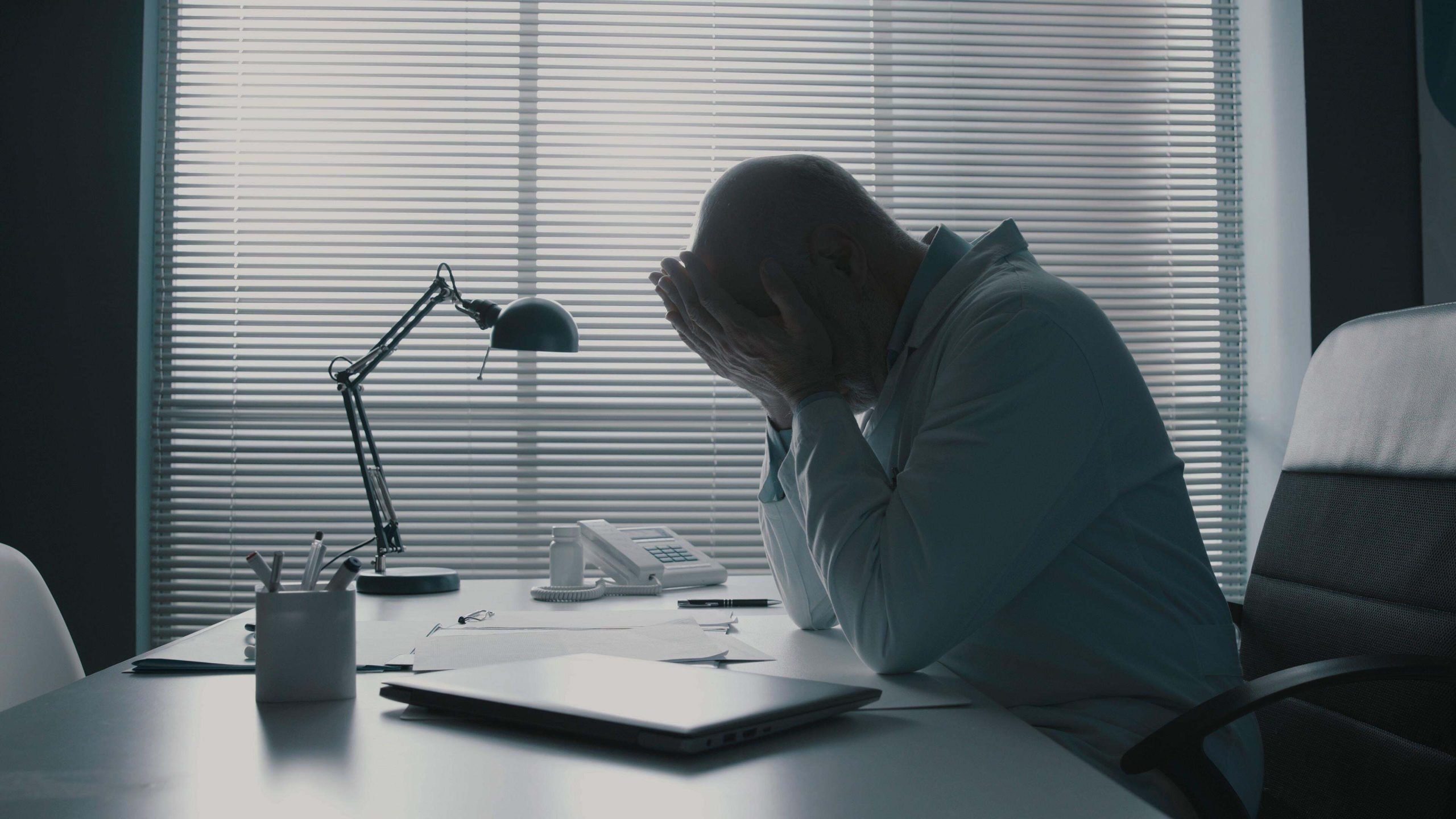You know a theory is janky when even its Wikipedia page has “(pseudoscience)” in its title. That’s the case with so-called “biorhythms,” or periods of 23, 28, and 33 days that supposedly predict how mentally, physically, and actively on-point you’ll be on any given day. The concept of biorhythms is all over social media and has been for years, so you might think there’s some legitimacy to it, but it’s essentially hogwash. There are, however, other ways to track your “peaks” in productivity that are more scientifically sound.
The difference between a biorhythm and circadian rhythm
The idea behind biorhythms is that over the course of month-long periods, your physical, emotional, and intellectual aptitudes fluctuate rhythmically, up and down, so you should be attuned to your personal schedule and act when each of them is at the top of one of its cycles. The first problem here is pretty obvious: Not only does this thinking dictate that you can or should be productive only once a month or so, but it gives you permission to coast when you perceive yourself to be on the low end of one of these so-called rhythms. If you’re patiently waiting for a biorhythm to spike, your responsibilities and tasks can add up, which will leave you with a bunch of stuff to do—and much of it, left alone for so long, will likely have become urgent.
Scientists have looked into this and deemed it balderdash, but the enduring belief in this phenomenon has led to some money grabs wherein influencers or other hucksters try to sell you products that can help you “hack” your own biorhythm to maximize your energy, productivity, and happiness.
Now, you might have heard of circadian rhythms and assumed biorhythms are roughly the same thing. In fact, they’re quite different. Per the National Institute of General Medical Sciences, circadian rhythms are the physical, mental, and behavioral changes that flow along a day-long cycle and they’re triggered by light and dark. There’s a whole science behind it (chronobiology), but what it amounts to is this: You get tired when it gets darker, your body sleeps at night, and you should be awake in daylight to get stuff done, ideally feeling alert. You can put a lot of energy into “hacking” your rhythm, but it’s all the obvious stuff: Sleep at night, don’t exert yourself or look at your phone before bed, go outside in the morning, stick to a schedule, etc.
Biorhythms aren’t real, but circadian rhythms are. You’ll be more productive if you get consistent and good sleep. You don’t need to track peaks and valleys or subscribe to hokey apps to master this. Instead, focus on getting quality sleep and maximizing what you are doing during those precious daylight hours. If you’re still looking for a structure to fill the void left by the false promise of biorhythms, let’s get into the Yerkes-Dodson Law.
The Yerkes-Dodson law
Some peaks and valleys are worth tapping into. The Yerkes-Dodson law models the relationship between stress levels and performance, showing how experiencing some stress and urgency can make you more productive. It’s been around since 1908, when psychologists Robert Yerkes and John Dillingham Dodson discovered it, and looks like a curve when it’s mapped out on a matrix, just like supposed “biorhythms” do. It looks like an upside-down U; on the left, you have your low-stress moments, on the right you have your high-stress moments, and in the middle, you have your peak, or the time when you’re just stressed enough to be productive but not totally overwhelmed. The Y-axis shows peak performance at the top and worst performance at the bottom, so you’ll notice that your poor performance times are aligned with having too little and too much stress.
When you don’t have enough stress, you’ll be uninterested in your task. When you have too much, you’ll be too anxious to get it done well. The hypothesis Yerkes and Dodson came up with came around after studying the effects of electric shocks on mice’s ability to perform tasks. As stress increases, ability also increases—to an extent—because you have motivation.
So there is, in fact, a “rhythm” that counts for something, and that’s the way your interest and stress fluctuate. You don’t need to spend any money on an app or self-help book, but you should pay attention to how interested you are in a task at a given time—plus how motivated you feel in that moment.
When no one is coming over to visit, for instance, you probably aren’t as interested in cleaning your house as you would be if their arrival was in a day. You don’t have stress or urgency. On the other hand, if they were arriving in 30 minutes and your place was a mess, you’d be so stressed you might not know where to start. The peak time to clean, then, might be the morning before they get there. You’re interested and motivated, but not freaking out. Apply that same thinking to any task you need to accomplish. Pay close attention to how you feel in the lead-up to doing it so you can identify your own peak stress and peak productivity times.
It helps to prioritize your to-dos and schedule your days and weeks thoroughly. Parkinson’s Law goes hand in hand with Yerkes-Dodson, for instance. It says that the longer you give yourself to do something, the longer you’ll naturally take to get it done, so you should give yourself less time overall. Having a smaller window in which to work on pressing tasks will up the urgency, aligning you more with the peak of Yerkes-Dodson. Pre-plan your weeks using prioritization techniques like the Eisenhower Matrix and task batching, thinking about when you’ll have just the right amount of urgency to motivate you to do each task.
